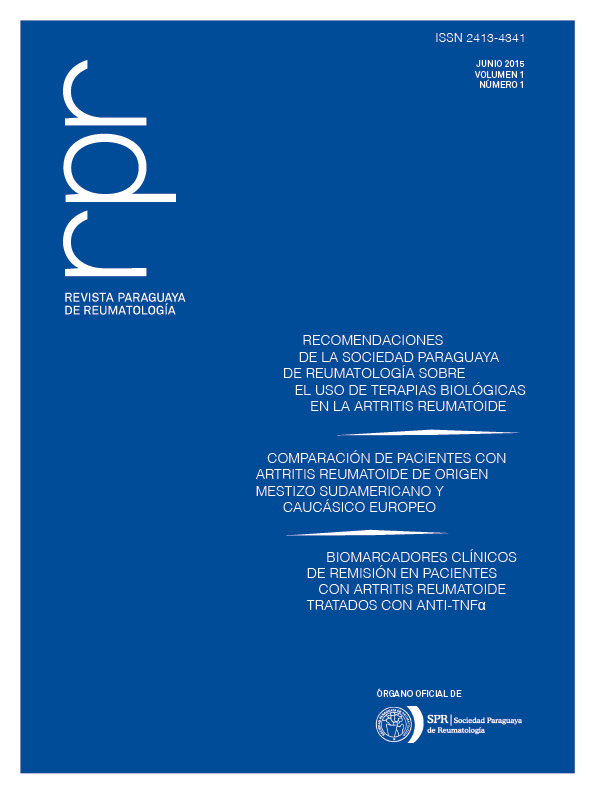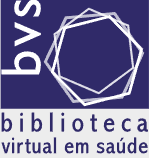Dry eye syndrome
Abstract
Dry eye disease is a very common multifactorial disease of the lacrimal functional unit that results in tear film instability, hyperosmolarity, chronic irritation and inflammation of the ocular surface. Systemic diseases like Sjogren, Lupus and Rheumatoid Arthritis are frequently associated with Dry eye Syndrome (DES). The management of (DES) can be either conservative or invasive based on the severity of the disease. The basic aim of treatment is to improve quality of life and reduce subjective complaints and objective ocular surface alterations in dry eye patients. The first line of treatment is tear substitution with artificial tear drops, gels and ointments. In moderate cases preservative-free tear supplementation, topical anti-inflammatory therapy treatment is recommended. Temporary or permanent punctal plug occlusion, therapeutic contact lenses or moisture chamber use constitute other options. In -severe cases the application of topical autologous serum, systemic anti-inflammatory therapy, androgen substitution, cyclosporine therapy, secretagogues and surgical intervention can be effective.
Downloads
References
(1) Galvez Tello JF, Lou Royo MJ, Andreu Yela E. Ojo seco: diagnóstico y tratamiento. Infor Ter Seguridad Social. 1998(438):117-22.
(2) I nternacional Dry Eye workshop (DEWS).The ocular surface. 2007;5:65-204.
(3) Lloves JM. Conceptos Actuales en Ojo Seco. Del Síndrome a la E nfermedad.
(4) Lemp MA. Report of the National Eye Institute/Industry workshop on C linical Trials in Dry Eyes. Clao J. 1995;21(4):221-32.
(5) Latkany R, Miller D, Zeev MS-B. Diagnosis of dry eye disease and emerging technologies. Clinical Ophthalmology. 2014:581.
(6) Stern ME, Beuerman RW, Fox RI, Gao J, Mircheff AK, Pflugfelder SC. The pathology of dry eye: the interaction between the ocular surface and lacrimal glands. Cornea. 1998;17(6):584-9.
(7) Stern ME, Gao J, Siemasko KF, Beuerman RW, Pflugfelder SC. The role of the lacrimal functional unit in the pathophysiology of dry eye. Exp Eye Res. 2004;78(3):409-16.
(8) Pflugfelder SC, Solomon A, Stern ME. The diagnosis and management of dry eye: a twenty-five-year review. Cornea. 2000;19(5):644-9.
(9) Mayorga MT. Película lagrimal: estructura y funciones. Ciencia & T ecnología para la Salud Visual y Ocular. 2008(11):121-31.
(10) del Castillo JM. Dacriología básica. Sociedad Española de Oftalmología. Las palmas1981.
(11) Schein OD, Munoz B, Tielsch JM, Bandeen-Roche K, West S. Prevalence of dry eye among the elderly. Am J Ophthalmol. 1997;124(6):723-8.
(12) Lee AJ, Lee J, Saw SM, Gazzard G, Koh D, Widjaja D, et al. Prevalence and risk factors associated with dry eye symptoms: a population based study in Indonesia. Br J Ophthalmol. 2002;86(12):1347-51.
(13) Moss SE, Klein R, Klein BE. Prevalence of and risk factors for dry eye syndrome. Arch Ophthalmol. 2000;118(9):1264-8.
(14) Ahn JM, Lee SH, Rim TH, Park RJ, Yang HS, Kim TI, et al. Prevalence of and risk factors associated with dry eye: the Korea National Health and Nutrition Examination Survey 2010-2011. Am J Ophthalmol. 2014;158(6):1205-14.e7. doi: 10.016/2014.08.021. E pub Aug 19.
(15) American Academy of Ophthalmology. Dry eye syndrome. 2013; Available from: www.aao.org/ppp.
(16) Pflugfelder SC. Anti-inflammatory therapy of dry eye. Ocul Surf. 2003;1(1):31-6.
(17) Stevenson W, Chauhan SK, Dana R. Dry eye disease: an immunemediated ocular surface disorder. Arch Ophthalmol. 2012;130(1): 90-100.
(18) Shapiro A, Merin S. Schirmer test and break-up time of tear film in normal subjects. Am J Ophthalmol. 1979;88(4):752-7.
(19) Jordan A, Baum J. Basic tear flow. Does it exist? Ophthalmology. 1980;87(9):920-30.
(20) Afonso AA, Monroy D, Stern ME, Feuer WJ, Tseng SC, Pflugfelder SC. Correlation of tear fluorescein clearance and Schirmer test scores with ocular irritation symptoms. Ophthalmology. 1999;106(4):803-10.
(21) Feenstra RP, Tseng SC. What is actually stained by rose bengal? Arch Ophthalmol. 1992;110(7):984-93.
(22) Kim J, Foulks GN. Evaluation of the effect of lissamine green and rose bengal on human corneal epithelial cells. Cornea. 1999;18(3):328-32.
(23) Y ao W, Davidson RS, Durairaj VD, Gelston CD. Dry eye syndrome: an update in office management. Am J Med. 2011;124(11):1016-8.
(24) Lemp MA, Foulhs GN. The Diagnosis and Management of Dry Eye Disease. In: Tasman W, Jaeger E, editors. Ophthalmology: Duane’s.
(25) Quinto GG, Campos M, Behrens A. Autologous serum for ocular surface diseases. Arq Bras Oftalmol. 2008;71(6 Suppl):47-54.
(26) Poon AC, Geerling G, Dart JK, Fraenkel GE, Daniels JT. Autologous serum eyedrops for dry eyes and epithelial defects: clinical and in vitro toxicity studies. Br J Ophthalmol. 2001;85(10):1188-97.
(27) Jeng BH, Dupps WJ, Jr. Autologous serum 50% eyedrops in the treatment of persistent corneal epithelial defects. Cornea. 2009;28(10):1104-8.
(28) Fox RI, Chan R, Michelson JB, Belmont JB, Michelson PE. Beneficial effect of artificial tears made with autologous serum in patients with keratoconjunctivitis sicca. Arthritis Rheum. 1984;27(4):459-61.
(29) T subota K, Goto E, Fujita H, Ono M, Inoue H, Saito I, et al. Treatment of dry eye by autologous serum application in Sjogren‘s syndrome.Br J Ophthalmol. 1999;83(4):390-5.
(30) R and AL, Asbell PA. Nutritional supplements for dry eye syndrome. Curr Opin Ophthalmol. 2011;22(4):279-82.
Copyright (c) 2015 Paraguayan Journal of Rheumatology

This work is licensed under a Creative Commons Attribution 4.0 International License.









